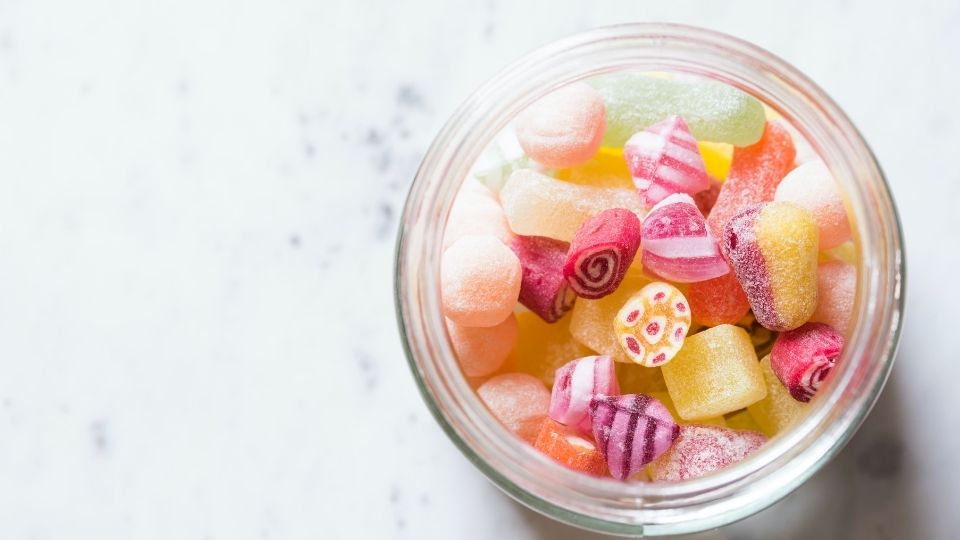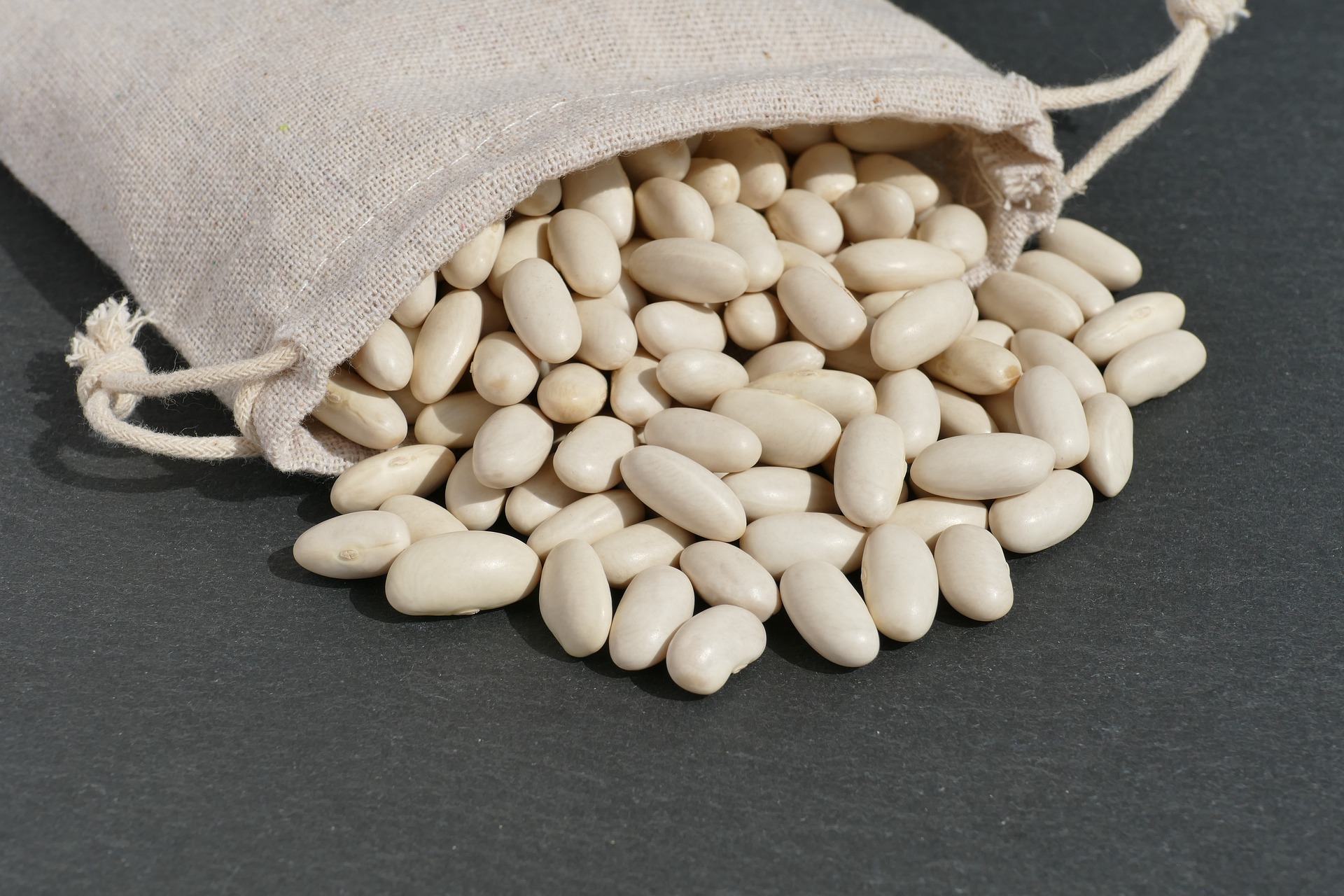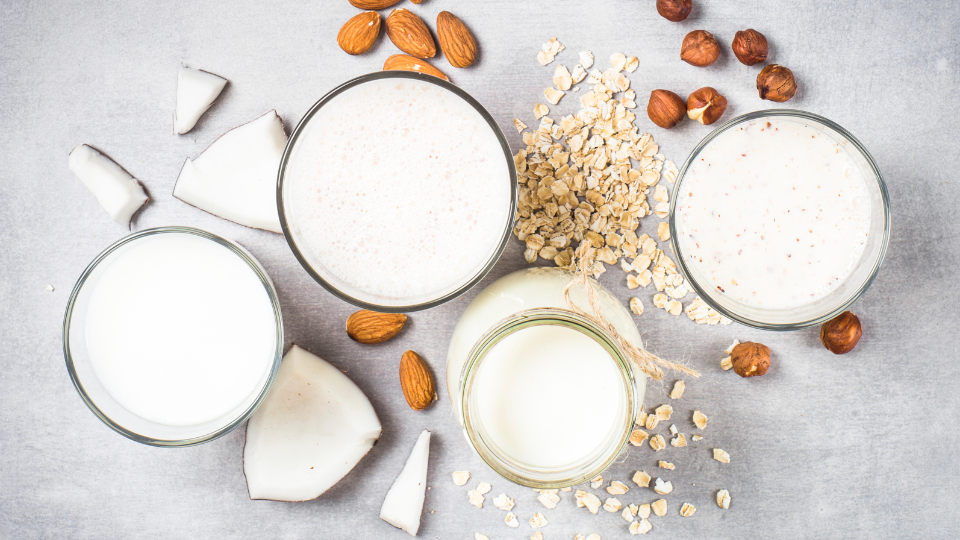Fruit and Vegetable Guide Series: Winter Squash
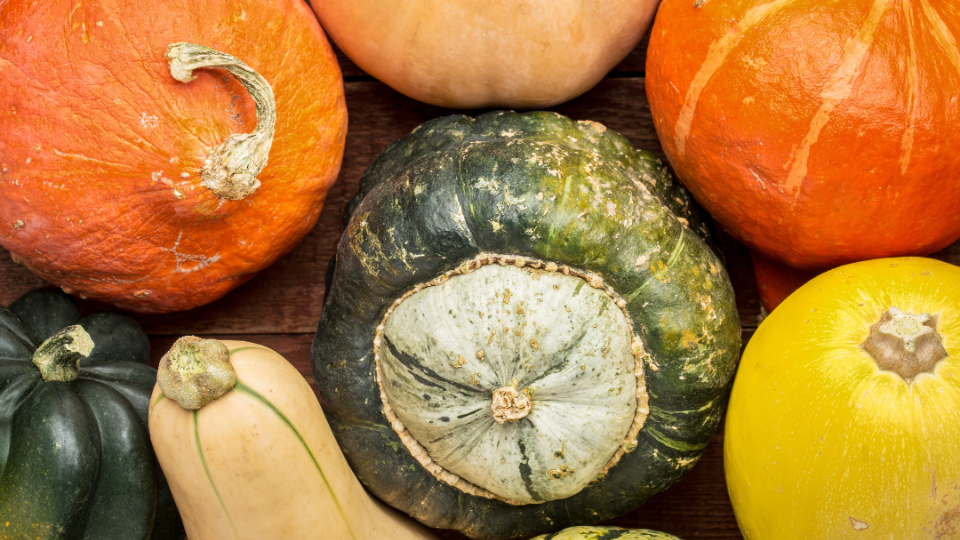
Utah Local Fresh Season: Fall & early winter, mid-August through November.
Availability: Winter squash are harvested in the fall. They are available at farmer’s markets during that time, and also year-round at most grocery stores.
Eating: Winter squash is always cooked before eating, and because of its tough skins, only the inside flesh is edible. Most winter squash can be interchanged in recipes.
Selecting: There are many varieties of winter squash. Types of winter squash include acorn squash, butternut squash, spaghetti squash, pumpkins, and more.
Select well shaped squash with hard tough skins. The gourd should be heavy for its size. Stay away from squash that have soft spots, moldy patches, cut or punctured skins. Soft, thin skin indicates an immature fruit. The skins of a fully ripe squash are inedible.
The most common varieties of winter squash grown in Utah are:
Acorn squash: A smaller acorn shaped squash with dark green or orange skin and light orange-yellow flesh that is ideal for baking.
Butternut squash: Pear shaped squash with a pale orange or tan skin and darker orange flesh. It has a smaller seed pocket at the bottom of the pear shape. Hubbard squash ̶ A green squash noted for its bumpy thick skin and orange-yellow flesh. These squash generally grow quite large. They mash well and have a smooth texture.
Spaghetti squash: Yellow-skinned squash with lighter yellow, fibrous, translucent, stringy flesh. Mild flavored and can be served like pasta.
Banana squash: A large, long squash with a light orange skin and darker orange flesh. It is shaped like a large banana. Mild flavored with a soft creamy texture generally purchased as pre-cut pieces.
Cleaning and Preparing: To clean, scrub winter squash in cool running water before cooking or cutting. Do not use soap or dish detergents.
Squash can be difficult to cut due to it’s thick skin. While there are many varieties of squash, preparation of commonly used squash is similar. Here are techniques for cutting a preparing commonly used winter squash.
Acorn squash: The skin of acorn squash is edible, and it is not necessary to peel the skin before cooking. Clean the acorn squash before cutting. Cut off the stem-end of the acorn squash. About a 1-inch thick slice. Turn the squash on the flat end. Cut the squash in half. Scrape out all of the seeds. Starting at the flat end of the half, cut each half into ½-1-inch slices. This will result in half moon shaped slices.
Butternut squash: Cut off each end of the squash. About a 1-inch thick slice. Then cut the neck of the squash off. Peel the neck and the base of the squash using a peeler or knife. Once peeled, cut the neck and the base of the squash in half, lengthwise. Scrape out all of the seeds from the base of the squash. Then cut each half into slices. Chop the sliced squash into cubes. The size of the cubes will vary based on what recipe you are using the squash for.
Spaghetti squash: Clean the spaghetti squash. Using a fork, prick the skin all over of the squash, making vent holes. Then heat the squash in the microwave for 5 minutes. This will soften the squash making it easy to cut. Once heated in the microwave, cut off each end of the squash. About a 1-inch thick slice. Then cut the squash in half, lengthwise. Scrape out the seeds of the squash. The squash is ready for baking.
Storing: Winter squash do not need to be washed before storing. Store whole squash in a cool (50°- 55°F), dry place. If stored properly, whole winter squash can last up to 3 months. Cut squash should be wrapped in plastic wrap and refrigerated. Do not store near apples, pears, or other ripening fruit. Ripening fruit produces ethylene gas, which shortens the storage life of winter squash.
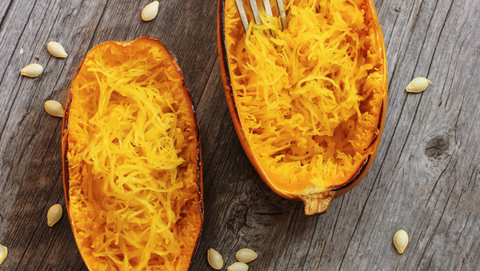
Cooking: Most squash varieties can be substituted for each other in recipes, with the exception of spaghetti squash
Microwaving: Wash smaller whole squash. Pierce several times with a knife or fork. For larger squash, cut in half, remove the seeds and strings. Place cut side down in a microwave-safe baking dish. Pour 1⁄4 inch of water into the bottom of the dish. Pierce squash several times with a knife. Microwave on high power for 6 to 7 minutes, then let stand for 5 minutes. (Microwave cooking times are provided as a guide. Cooking times vary due to differences in microwaves and size of squash. Check for desired doneness.)
Baking: Clean whole squash and pierce several times with sharp knife. Place in baking dish and bake at 400° F uncovered until tender when pierced with a fork. If cooking at a lower temperature, increase baking time. Cut squash should be cleaned with the seeds and strings removed and cut into pieces or halved. (Spaghetti squash should only have the seeds removed.) Place the squash in a baking dish cut side up; halved squash cut side down. Pour 1⁄4 inch water into bottom of the baking dish. Halved squash are baked uncovered at 350° F until tender, about 45 minutes. Cut squash should be covered with foil and baked until tender at 350° F 30 to 40 minutes.
Steaming: Steamed squash works well with cut pieces. Clean squash, peel, and cut into pieces. Place squash in a steamer basket. Place steamer basket over boiling water and steam until tender.
Roasting: Clean the squash. Peel the squash to remove the skins, unless the skins are edible. Chop the squash into cube sized pieces or into slices. Toss the squash with one to two tbsp of oil, depending on how much squash you have. Spread out cut squash on baking sheet. Roast squash at 400° F for 20-30 minutes, until the squash is tender.
For further information on how to prepare and cook winter squash, you can watch this video created by Utah State Extension faculty. https://www.youtube.com/watch?v=NdhW5XFueXc
Highlighting Nutrition in Winter Squash: Although each variety differs in its nutritional content, generally winter squash are a good source of vitamin A, potassium, vitamin C and fiber.
Growing Winter Squash: “Summer and Winter Squash in the Garden,” by Dan Drost, contains tips and how-to for growing and can be found at: https://digitalcommons.usu.edu/cgi/viewcontent.cgi?article=1280&context=extension_curall
Preserving Winter Squash:
Squash can be frozen or canned.
Freezing: Clean and cut squash, remove the seeds. To cook, you can boil in water, steam or bake in an oven until soft. Remove the flesh from the rind and mash (spaghetti squash should be left stringy). Cool quickly. Place cooled, cooked squash in freezer containers leaving 1⁄2 inch head space, then seal, label, date, and freeze. Best if used within 8-12 months.
Canning: Visit the National Center for Home Preservation at: https://nchfp.uga.edu/publications/uga/uga_can_veg.pdf
References
- “So Easy to Preserve” 5th 2006. Cooperative Extension Service. The University of Georgia, Athens. https://extension.uga.edu/publications/detail.html?number=B989&title=So%20Easy%20To%20Preserve
- National Center for Home Preservation: http://www.uga.edu/nchfp/index.html
- Food Stamp Nutrition Connection Recipe Finder. https://snaped.fns.usda.gov/nutrition-education/snap-ed-recipes
- USDA Wisconsin Department of Public Instruction, Types of Winter Squash. https://dpi.wi.gov/sites/default/files/imce/school-nutrition/pdf/fact-sheet-winter-squash.pdf
- University of Illinois Extension – Winter Squash; https://web.extension.illinois.edu/veggies/wsquash.cfm
- Clemson Cooperative Extension – How to cut spaghetti squash; https://hgic.clemson.edu/how-to-cut-a-spaghetti-squash/
Authors
Susan Haws, Extension Professor
*This publication is a part of a series created by Create Better Health and Utah State Extension Employees. It has been reviewed and updated to include current evidence-based research and recommendations.
Related Nutrition Articles



